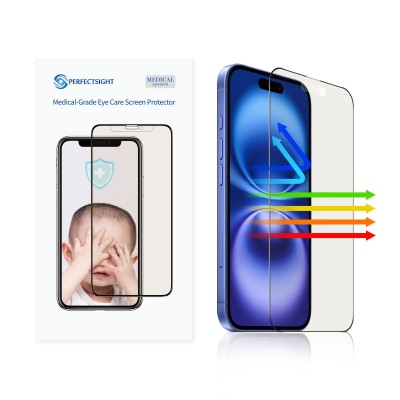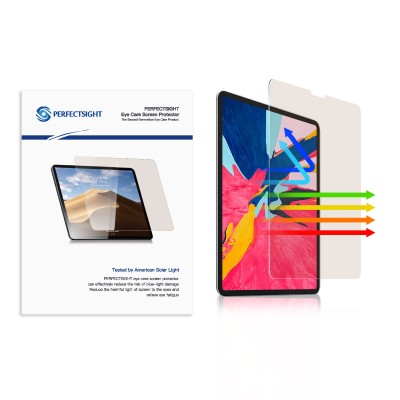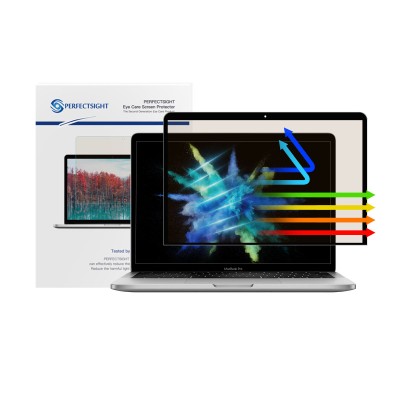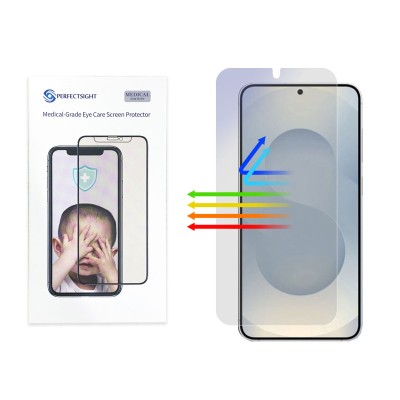How to understand the price difference of anti-blue light screen protectors?
In modern digital life, the demand for anti-blue light screen protectors is increasing. Many brands on the market have launched their own anti-blue light products, but there are obvious differences in materials and technologies. This article will explore these differences in depth, especially the comparison with the PERFECTSIGHT brand.
1. Material differences
Most anti-blue light screen protectors on the market:
The anti-blue light materials used by most brands are mainly optical coating materials such as titanium dioxide (TiO2). These materials can effectively reflect and absorb blue light in optical properties, thereby achieving eye protection needs. Because these materials are easy to obtain and process, the production process is relatively simple, resulting in a relatively low price.
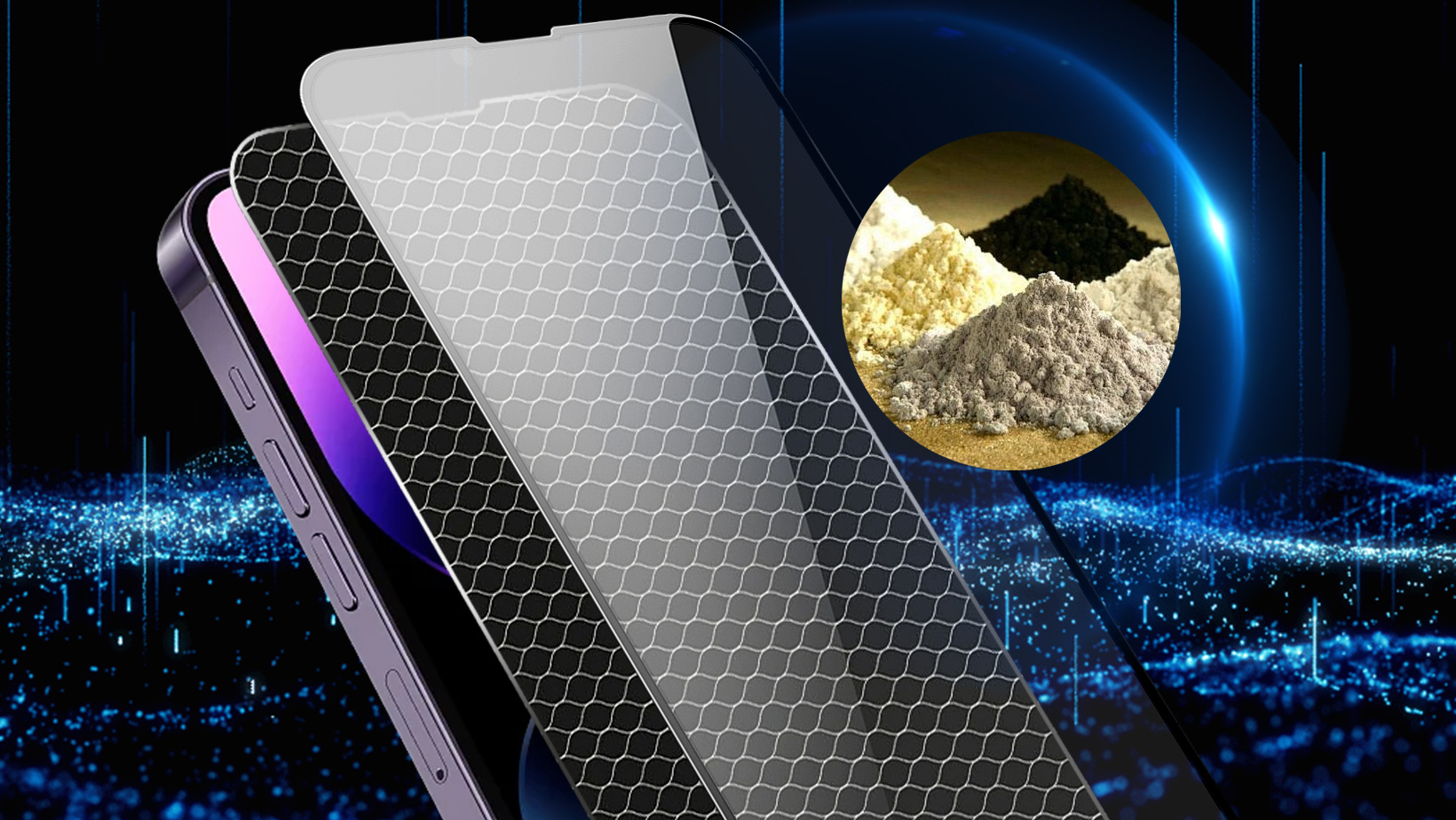
PERFECTSIGHT brand:
PERFECTSIGHT uses rare wave-absorbing materials synthesized from multiple layers of rare earth elements. Adopting the "radar absorption principle" of the F22 stealth fighter, by coating a rare wave-absorbing material synthesized by multiple layers of rare earth elements on the glass substrate, it can efficiently absorb blue light, radar waves, and electromagnetic waves (radio waves, microwaves, infrared rays, visible light, and ultraviolet rays), and finally create a medical ray eye protection screen protector with multiple eye protection effects. Due to the rarity and high-tech content of rare earth elements, the research and development and production costs of this material are high, which directly leads to an increase in the price of its products.
2. Technology application
Technology used by most brands:
Reflective anti-blue light technology: A common practice is to coat a layer of blue light-reflecting film on an ordinary tempered film. The protection effect is achieved by reflecting blue light. This film often turns blue under strong light conditions, which makes the user's eyes exposed to more blue light, and the protection effect is relatively limited.
Absorption anti-blue light technology: Some brands use an absorption design. According to the principle of complementary colors in physics, the film is designed to be light yellow to effectively absorb blue light. This film can reduce the blue light generated from the screen, but it will affect the color presentation of the screen to a certain extent.
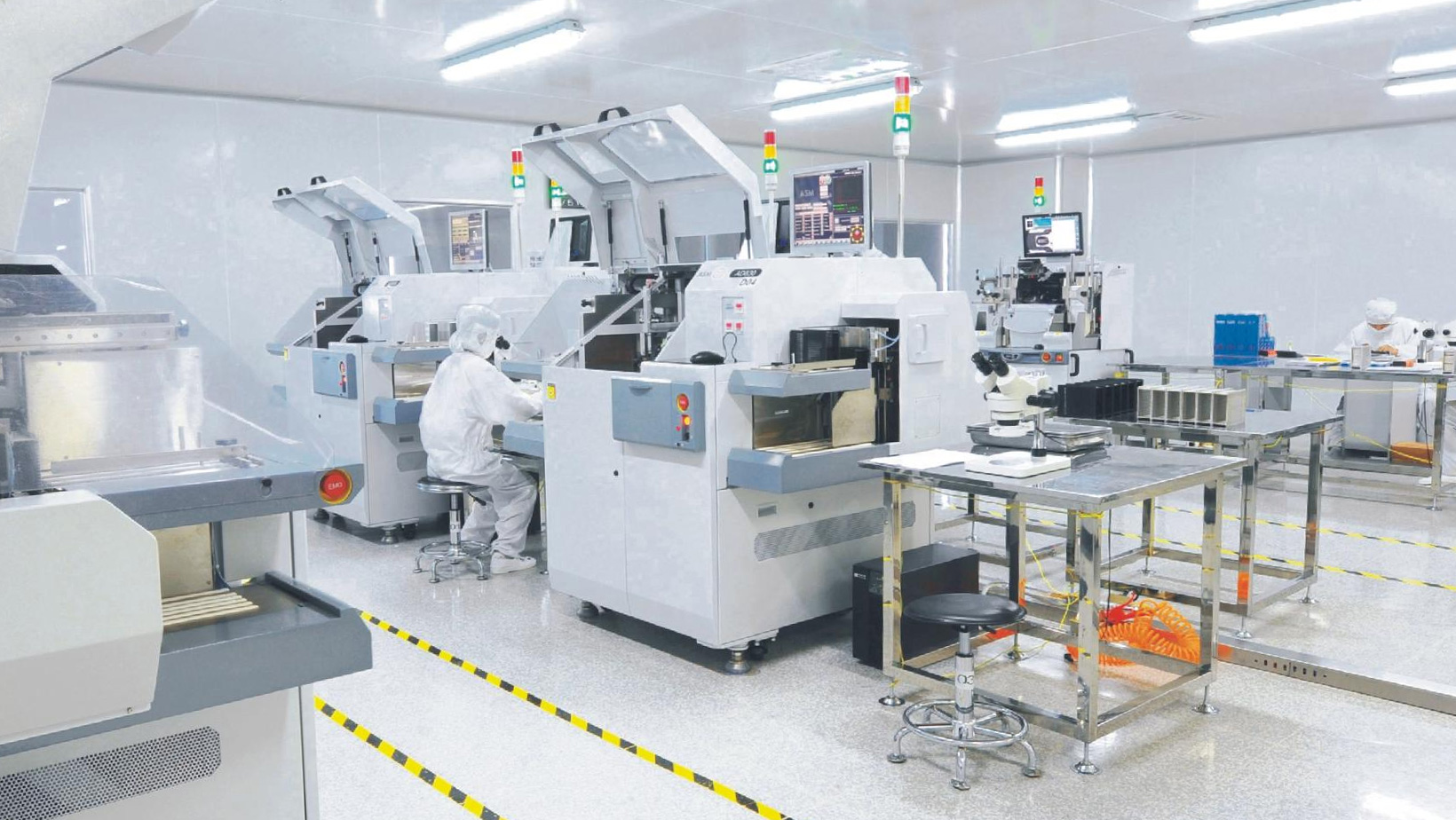
PERFECTSIGHT's technology:
Vacuum evaporation process: PERFECTSIGHT uses vacuum evaporation process to heat rare earth elements in a vacuum environment and plate them onto the substrate to form an ultra-thin protective layer. This process not only improves the adhesion of the film, but also ensures the uniformity and stability of the film. This process enables the product to have multiple effects in eye protection, and can absorb harmful rays and electromagnetic radiation emitted by the screen, providing users with more comprehensive protection.
In the anti-blue light screen protector market, the differences between brands are mainly reflected in materials, technology and performance. When choosing, consumers should comprehensively consider the product's protection effect, user experience and price, and make the most suitable choice for themselves.
-400x400.jpg)
